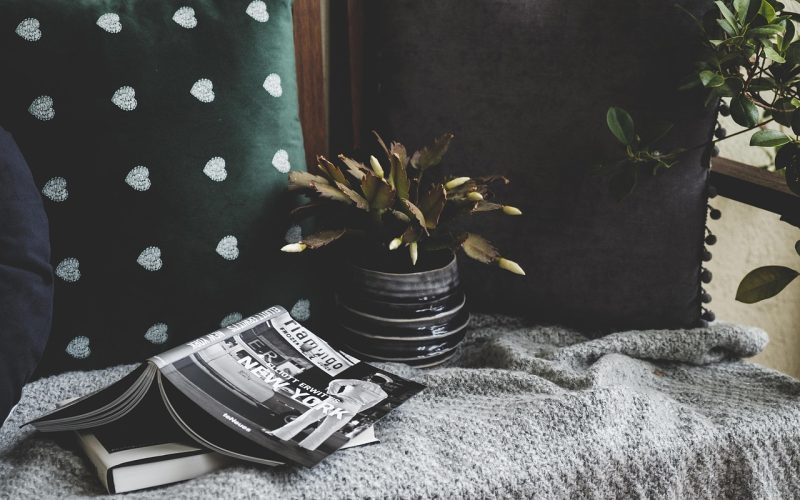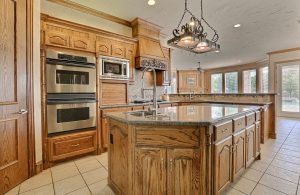Define Your Interior Design Style
Finding your unique interior design style can seem daunting at first, with endless possibilities and an array of influences to consider. However, defining your style is a rewarding process that leads to a home reflecting your personality and preferences.
Understand your personal preferences
The first step in defining your interior design style is understanding your personal preferences. Take note of what you're naturally drawn to in different settings. Do you prefer the clean lines and minimalism of modern spaces, or does the charm of rustic, vintage interiors appeal more? Create mood boards using Pinterest or magazine cut-outs to visualise these preferences clearly. Understanding what you love—and equally what you dislike—provides a foundation for your style.
Consider the function of your space
Each room in your home serves a distinct purpose, and your design should reflect these functions. Consider how you use each space and what atmosphere you want to create. For instance, a living room styled for relaxation might lean towards cosy, warm elements, whereas a home office designed for productivity could incorporate sleek, modern features. Aligning your style with each room's function helps ensure a harmonious balance between aesthetics and practicality.
Explore different design styles
Familiarise yourself with various design styles to expand your understanding of what's available. From contemporary to traditional, Bohemian to industrial, each style offers unique characteristics and charm. Research these styles through online resources, books, and by visiting showrooms or homes that feature different designs. By identifying elements from each style that resonate with you, you can begin to piece together a cohesive vision.
Mix and match elements
Your interior design style doesn't have to fit neatly into one category. In fact, some of the most captivating interiors blend elements from different styles, creating a unique and personalised environment. Experiment with mixing and matching components that appeal to you, such as pairing mid-century modern furniture with rustic accents. This approach allows for creativity and results in a space that's distinctly yours.
Pay attention to colour and texture
Colour and texture play crucial roles in defining your interior design style. Consider the palette that complements your preferences—do you lean towards bold, vibrant colours or prefer muted, neutral tones? Similarly, think about textures; combining materials like wood, metal, and textiles can add depth and interest to your space. Using colour and texture strategically helps unify various design elements.
Consider your lifestyle
Finally, your lifestyle greatly influences your interior design choices. If you have young children or pets, durable materials and practical layouts are essential. If you entertain frequently, designing open, inviting spaces becomes a priority. Your home should accommodate your daily life while reflecting your style, ensuring comfort and functionality without compromising on aesthetics.
Defining your interior design style is a personal and evolving process. By understanding your preferences, considering the function of your space, and exploring various design styles, you can create a home that truly reflects who you are. Remember, your style should adapt over time, just like you do, allowing your interiors to remain fresh and inspiring.



















